Star Grass – Aletris farinosa
|
Current Demand = GOOD |
Parts Used: Root |
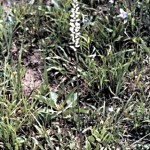 |
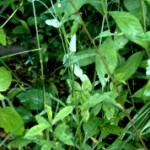 |
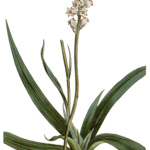 |
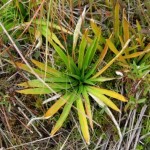 |
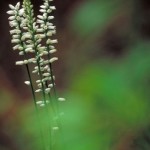 |
Family: Liliaceae
Common Names: True Unicorn Root, White Colic-root, Aletris, Starwort, Blazing Star, Ague-root, Aloe-root, Ague Grass, Black-root, Bitter Grass, Crow Corn, Bettie Grass, Devil’s Bit, True Unicorn Root, Star-grass, True Unicorn Root Blazing star, Star grass, Starwort
Description
Star Grass is an erect slender herb 1 1/2, to 3 foot tall with leaves only at the base. Native to eastern North America, star grass is a perennial, growing to about three feet, producing a flowering stem, smooth lance-shaped grasslike leaves, of a yellowish green color, from 2 to 6 inches long, and white, bell-shaped flowers that appear to be covered with frost.
It is harvested commercially in Virginia, Tennessee, and North Carolina. It has a sweet taste becoming bitter and soapy.
Growing region: occurs in dry, generally sandy soil, from Maine to Minnesota down to Texas and across to Florida.
Harvesting/drying:
Part Used: root
After harvest, the roots should be washed in cold water and all foreign matter (rocks, dirt and other roots) must be removed. Unless your buyer is purchasing fresh dug roots (which they often do) the clean roots need to be dried. The root can be dried in the sun although if possible dry indoors in a well ventilated barn loft or attic to protect against the elements. If natural heat is not available you may need to add heat and a fan for continuous airflow.
The key to drying any root, herb or bark in an even combination of heat and airflow. Never use an oven or microwave. The root will be completely dry (largest stem will snap not bend) in 5-10 days depending on the size of the root and the drying conditions. Place the root carefully into a cardboard box or paper bag for storage in a dry area until you are ready to sell or use. Do not store the roots in plastic or it will mold.
Attributes (Images)
By Sydenham Edwards (d. 1819) (Curtis’s Botanical Magazine v. 34 (1811)) [Public domain], via Wikimedia Commons
By Dr. Thomas G. Barnes, U.S. Fish and Wildlife Service [Public domain], via Wikimedia Commons
 Root Buyer
Root Buyer